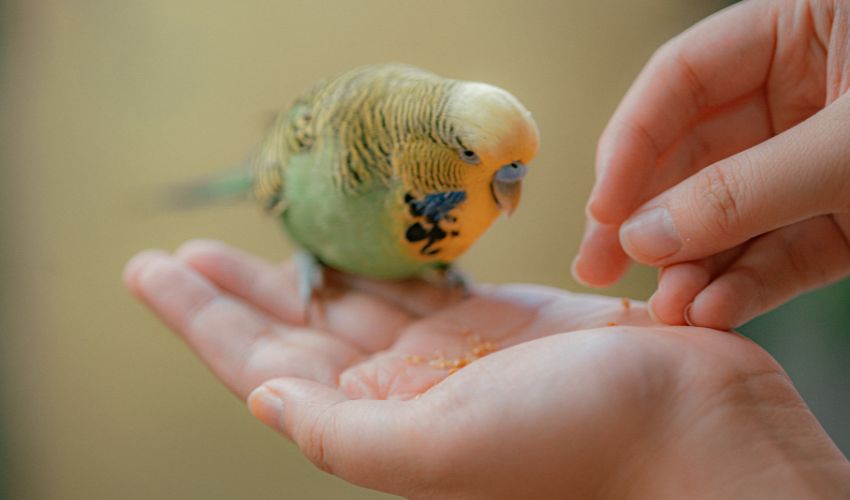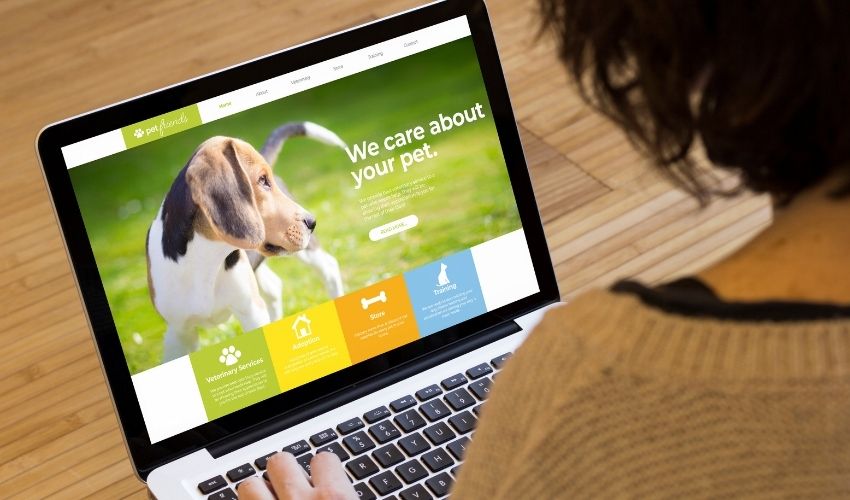Dogs who have parvo suffer from an intestinal viral infection. It is brought on by a virus called parvovirus, which can be spread from one dog to another by coming into contact with their feces or by consuming contaminated food, drinking bowls, or playing with contaminated toys.
The extremity of this virus can be lethal in under a week if untreated. If you are a first-time dog owner or you’re thinking of getting a puppy, you might want to read what this virus is and how to prevent it.
What is Parvo and How Does it Spread?
All dogs are susceptible to the extremely contagious canine parvovirus, however, pups under four months old and unvaccinated canines are particularly at risk.
Often referred to as “parvo,” the canine parvovirus infects the gastrointestinal tracts of dogs and is transferred by direct contact between dogs as well as through contact with infected environments, people, or other animals.
Infected dog handlers’ hands, clothing, food and water bowls, collars, and kennel floors can all get contaminated with the virus. It can last for a long time in the environment and is resistant to heat, cold, humidity, and dryness.
How to Prevent Parvo in Dogs

The short answer is, both vaccinations and basic hygiene are essential for prevention.
Young puppies are particularly vulnerable to infection because their mothers’ milk’s natural immunity may wear out before the puppies’ own immune systems are developed enough to combat infection. During this time of reduced immunity, a puppy may become unwell if exposed to canine parvovirus.
Another issue is that a mother’s milk immunity may prevent a puppy from responding to a vaccination effectively. Even puppies who have received vaccinations may occasionally contract the parvovirus and become ill.
Puppy vaccines are given in a sequence to prevent gaps in protection and to offer the best protection against parvovirus during the first few months of life. Regardless of how many doses they have previously gotten, puppies should receive a dose of the canine parvovirus vaccination between the ages of 14 and 16 weeks old in order to develop an appropriate defense.
Pet owners should exercise caution when bringing their animals to locations where young pups congregate, such as pet stores, parks, puppy classes, obedience classes, doggy daycare centers, kennels, and grooming facilities, until they have completed their full course of vaccines. By requiring immunizations, health checks, excellent hygiene, and isolation of sick puppies and dogs, respectable facilities and training programs lower the chance of exposure. Always avoid coming into contact with known diseased canines and their properties.
Do not allow your puppy or adult dog to interact with other dogs’ excrement while out for a walk or outside play. The spread of the canine parvovirus infection and other diseases that can affect both humans and animals can be slowed down by promptly and properly disposing of waste.
Recognizing the Symptoms of Parvo
The symptoms of parvo are generally very similar to the symptoms of other illnesses. This is why it is so important to take your dog to the vet if you think it might have a parvo infection.
Some of the symptoms you might see in your dog include:
- Lethargy
- Lack of appetite
- Vomiting and diarrhea
- Fever
- Bloody stool or vomit
- Loss of body weight
- Weakness
As with many illnesses, monitoring your dog’s behavior and physical appearance is recommended. If your dog begins to show any changes in behavior or they do not feel well, it is vital to give them quick attention.
The majority of parvovirus deaths happen 48 to 72 hours after the onset of clinical symptoms. You need to get in touch with your veterinarian right away if your dog or puppy displays any of these symptoms.
Treatment for Dogs with Parvo
Parvo has no known treatment. Throughout the illness, your veterinarian will provide your puppy with supportive care, addressing symptoms like vomiting, diarrhea, and dehydration and ensuring that your puppy receives enough nutrients.
Serious viruses like parvo impair a puppy’s white blood cell count and immune system, making it harder for them to fight off bacterial illnesses later on. The virus’ impact on a dog’s intestinal wall raises the risk of subsequent infections. To treat these bacterial infections, your veterinarian may prescribe antibiotics, and they will closely watch your puppy for any developing issues.
Parvo has the potential to be lethal. Most puppies that survive the first three to four days make a full recovery, and the survival rate for canines treated by a veterinarian ranges from 68-92%. Puppies often recover from parvo in one week, though recovery times vary based on the severity of the infection.
To learn more about Parvo treatments to consider, click here. Your veterinarian will lead you through the best course of action for treating your puppy’s condition and will advise you on any precautions you need to take for any more pups or dogs you may have in your home.











